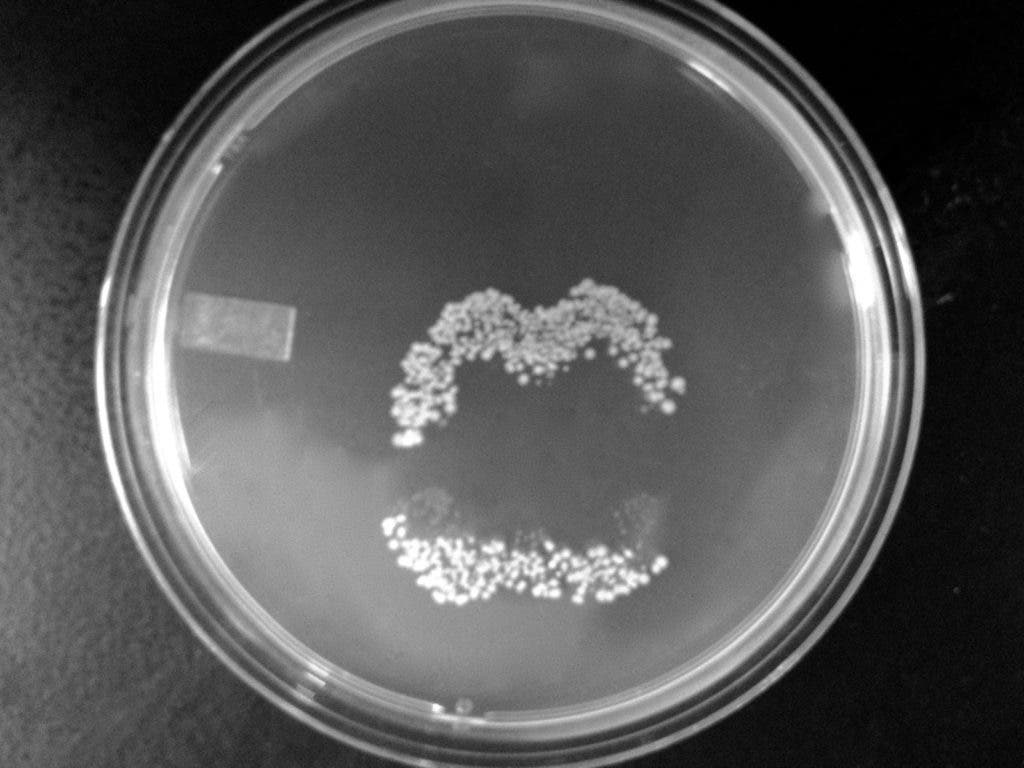Evolution is ruthless even with its tiniest creations.

New research led by researchers from the University of British Columbia (UBC) reports that bacteria also die off — and they do so at substantial rates. The findings go against the grain of the widely-held notion that bacterial species, owing to their very large populations, rarely go extinct.
To kill a M. ocking bacteria
Bacteria are, by far, one of the most prolific and successful bits of life that evolution spawned on our planet. They’re incredibly hardy, very good at drawing energy from their environments, and they reproduce with a vengeance. These tiny critters are so resilient and numerous, in fact, that most scientists took it as a given that bacteria species very rarely go extinct. However, new research suggests that this isn’t the case.
The team sequenced DNA information from 448,112 different bacterial species and drew on 60 previous environmental studies to create the most comprehensive bacteria evolutionary tree, which includes the majority of bacterial species over the past billion years. To get an idea of bacteria’s evolutionary history, they drew on the traces that speciation (differentiation of new species through evolution) leaves in the genetic makeup of these bacterial lineages.
The team estimates that there are around 1.4 to 1.9 different bacterial phyla (lineages) gracing our planet today. They were also able to estimate how that number varied over time: they report that anywhere between 45,000 to 95,000 phyla became extinct over the last million years.
“Bacteria rarely fossilize, so we know very little about how the microbial landscape has evolved over time,” says Stilianos Louca, lead researcher of the study. “Sequencing and math helped us fill in the bacterial family tree, map how they’ve diversified over time, and uncover their extinctions.”
It’s an impressive number. But, despite these relatively high extinction rates (which the team notes were quite steady over time), bacteria have kept diversifying exponentially throughout history. As a group, they also managed to weather planet-wide mass extinction events — those abrupt events that periodically cull plant and animal species — with very few losses. All in all, while the current number of bacterial lineages today is definitely impressive, “it’s only a tiny snapshot of the diversity that evolution has generated over Earth’s history,” Louca adds.
“This study wouldn’t have been possible 10 years ago,” says Michael Doebeli, senior author of the paper and a UBC mathematician and zoologist. “Today’s availability of massive sequencing data and powerful computational resources allowed us to perform the complex mathematical analysis.”
Next, Louca says he and his team plan to determine how the physiological properties of bacteria evolved over time. A particular point of interest for them is determining whether their ecological diversity has increased in tow with their taxonomic diversity — i.e. if they spread to new types of environments and roles in those environments as the total number of species increased. If so, this would suggest that even organisms as ancient and simple as bacteria can still find new roles in nature.
The paper “Bacterial diversification through geological time” has been published in the journal Nature ecology and evolution.






